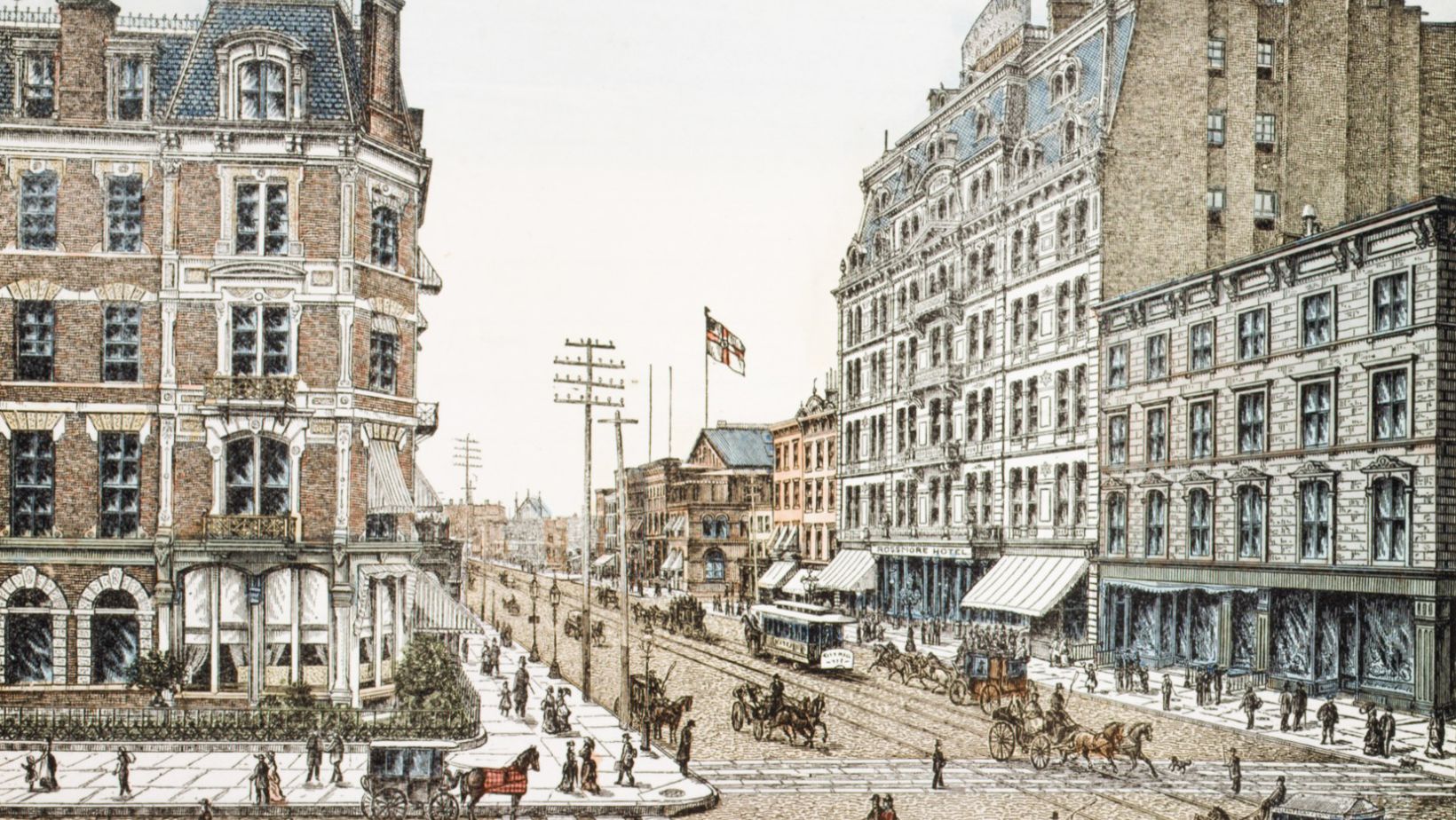Teaching American history to children can be a thrilling adventure filled with stories of exploration, innovation, and the pursuit of freedom. However, capturing the imagination and interest of children in this subject can be challenging. Here are seven engaging approaches to making American history come alive for young learners, offering practical examples and actionable tips for parents and educators.
1. Storytelling and Historical Narratives
Storytelling is a powerful tool in teaching history, as it transforms facts and dates into compelling narratives that capture the imagination of young learners. By presenting historical events and figures through stories – consider the Tuttle Twins American history collection, for example – children can connect emotionally with the past, making it more relatable and memorable. This approach taps into the natural human affinity for narratives, allowing children to engage with history personally.
- Examples: Share stories of famous figures like George Washington or Amelia Earhart in a narrative format. Use children’s books that tell these stories with engaging illustrations and narratives.
- Tips: Encourage questions and discussions about the characters’ motivations and feelings to deepen understanding and empathy.
2. Interactive Timelines And Maps
Interactive timelines and maps provide a visual and tactile means of understanding history. This approach helps young learners grasp the concept of time and the geographical context of historical events. Conversely, maps provide a spatial understanding of events, helping children see how geography has influenced historical outcomes. These tools are informative and engage multiple senses in the learning process, which can enhance memory and understanding.
- Examples: Create a timeline using a large wall in the classroom or home. Add significant events and use maps to show territorial changes or exploration routes.
- Tips: Involve children in updating the timeline and maps as they learn new facts, helping them understand the sequence of events and geographical context.
3. Role-Playing and Reenactments
Role-playing and reenactments allow children to experience history firsthand. By stepping into the shoes of historical figures or living through a simulated historical event, children gain a unique perspective that reading or listening cannot provide. This method is particularly effective in making abstract or distant historical periods tangible and real for young learners.
- Examples: Organize a ‘day in the life’ of a colonial child or reenact the Boston Tea Party. Children can dress up and act out historical scenarios.
- Tips: Use these activities to discuss people’s daily lives, challenges, and perspectives during different periods in American history.

4. Incorporating Music And Art
Music and art serve as cultural windows into different historical periods, offering insights into the time’s societal norms, values, and emotions. By exploring the art and music of a particular era, children gain a richer understanding of the people who lived during that time. This approach also caters to different learning styles, particularly for those more responsive to auditory or visual stimuli. Additionally, it provides a creative and engaging way to learn about history, moving beyond traditional text-based methods and fostering a more holistic understanding of the past.
- Examples: Listen to music from various periods or create art projects based on historical events (like quilting for the Underground Railroad).
- Tips: Discuss how the arts reflect the social and political climate of the time, enhancing understanding of the historical context.
5. Field Trips And Virtual Tours
History-oriented family and field trips and virtual tours provide an immersive learning experience, bringing history to life in a way that classroom learning often cannot. This approach allows children to see artifacts, architecture, and locations integral to the American story. This direct interaction with historical elements fosters a deeper and more lasting understanding of the subject.
- Examples: Visit historical sites and museums or use online resources for virtual tours of places like the Smithsonian or the Liberty Bell.
- Tips: Prepare interactive activities or scavenger hunts for these trips to make the experience more engaging and educational.
6. Incorporating Technology And Multimedia
Technology and multimedia in teaching American history offer a modern and interactive approach to learning. Educational apps, games, documentaries, and online resources can provide dynamic and engaging content that appeals to the tech-savvy generation. This approach can cater to different learning styles and needs, making history accessible and exciting to a broader range of students.
- Examples: Watch documentaries or use educational apps and games focusing on American history.
- Tips: Choose age-appropriate and accurate resources. Discuss the content afterward to reinforce learning and critical thinking.

7. Project-Based Learning
Project-based learning in history education encourages active engagement, critical thinking, and creativity. Children learn about specific historical events or periods by working on projects, such as creating a historical newspaper or building a model and developing research and analytical skills.
- Examples: Assign projects like creating a newspaper from a historical period or building a model of the Mayflower.
- Tips: Guide children through research and creation, encouraging them to explore various sources and express their understanding creatively.
How to Teach American History to Young Children The Fun Way
Teaching American history to young learners doesn’t have to be a mundane recitation of dates and facts. By employing these engaging approaches, educators and parents can ignite a passion for history in children, helping them understand the rich tapestry of the American story. Each approach offers a unique way to explore the past, making learning enjoyable and impactful.























